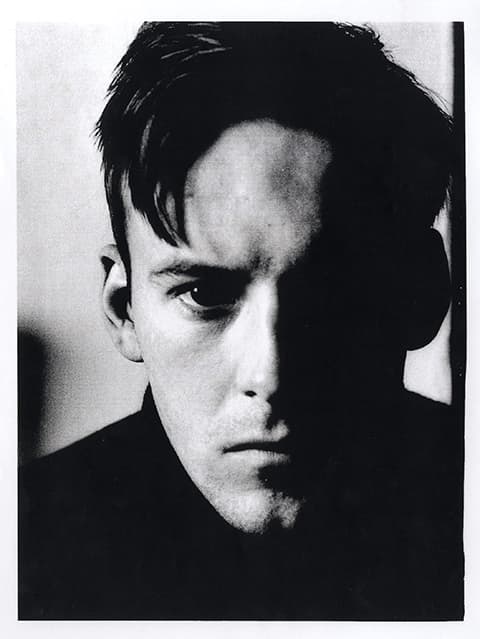Picture: Self-portrait © Roger Mayne
NEWS UPDATE 11 JUNE: Includes tribute from Former Home Secretary Alan Johnson MP
More recently, Roger’s work has been used on album covers and as concert backdrops, and appeared on a poster created for Tate Britain’s 2007 exhibition How We Are: Photographing Britain.
Roger (pictured) – who wrote a number of articles for Amateur Photographer during his photojournalism heyday – was born in Cambridge in 1929.
He took up photography while studying chemistry at Balliol College, Oxford, from 1947-51.
Roger began documenting street markets and ‘slum streets’ when he came to London as a freelance photographer in 1954 – soon gaining a reputation as a photographer of children and social realism.
His work has appeared in many publications including The Observer and Vogue.
In the early 1960s he broadened his street photography to Mediterranean subjects, focusing on Spain and Greece.
Paying tribute, the bookseller Bernard Quaritch Ltd, which represents the photographer in the UK, said: ‘We are deeply saddened by the death of Roger Mayne, who had a heart attack last week and passed away on Saturday.
‘We extend our sympathy to his wife Ann Jellicoe, children Katkin and Tom and their families. He will be greatly missed.
‘We have had the great honour of representing him and exploring the world through his photographs.
‘The sensitivity with which he captured people and moments, and his legacy of photographs portraying Britain in the 1950s and 1960s, has cemented him as one of the great post-war British photographers.’
In 1956, Roger discovered Southam Street, a working-class area of west London that would be demolished to make way for high-rise flats.
Former cabinet minster Alan Johnson MP told Amateur Photographer: ‘I never met Roger Mayne although he entered my life in 1956 when he came to photograph Southam Street, the North Kensington street that I lived in for the first nine years of my life.
‘He captured the squalor of those awful slums but ensured that the people who lived in them were shown in all their humanity (which was important given that the houses we lived in were declared unfit for human habitation in the 1930s).
After he’d heard me mention Southam Street on the radio in 2007 he wrote to me and we corresponded for a while.
‘I was delighted that he gave permission to use some of his amazing photographs in my childhood memoir This Boy.
‘I was so sad to hear of his death and offer my condolences to his family.’

Picture: Footballers, Southam St, N Kensington 1958 © Roger Mayne
‘During the five years Mayne photographed there, it was full of energy: Teddy Boys, jiving girls and kids playing in the street,’ said Tom Gitterman, owner of New York-based Gitterman Gallery, which exhibited Roger’s work.
Roger once said he chose to photograph these streets because ‘I love
them, and the life on them’, adding: ‘I am concerned here with what I
see… it is irrelevant that most of these houses have no baths, and
that their structure is endangered by disrepair… Empty, the streets
have their own kind of beauty, a kind of decaying splendour, and always
great atmosphere…’
In an email to the British photographic history
website, Gitterman added: ‘Mayne’s honest and empathetic approach to
photography is evident in the candid response from his subjects and [he] has
influenced generations of photographers…
‘Photography was a way for Mayne to connect with people and explore the world around him.’
His work has been widely exhibited, including at George Eastman House and the Museum of Modern Art in the United States.
In the 1990s, Roger’s work appeared on press adverts for the singer Morrissey.
Last year, the Victoria Art Gallery in Bath staged an exhibition entitled Roger Mayne: aspects of a Great Photographer.
Roger moved to Lyme Regis, Dorset, in 1975 and took up drawing, etching and painting five years later.

Salvation Army band, Edinburgh, 1958 © Roger Mayne

Snowballers, Wapping, London 1955 © Roger Mayne

St Stephens Gdns, W2, London 1957 © Roger Mayne

Couple, basement area, North Kensington, London 1955 © Roger Mayne








